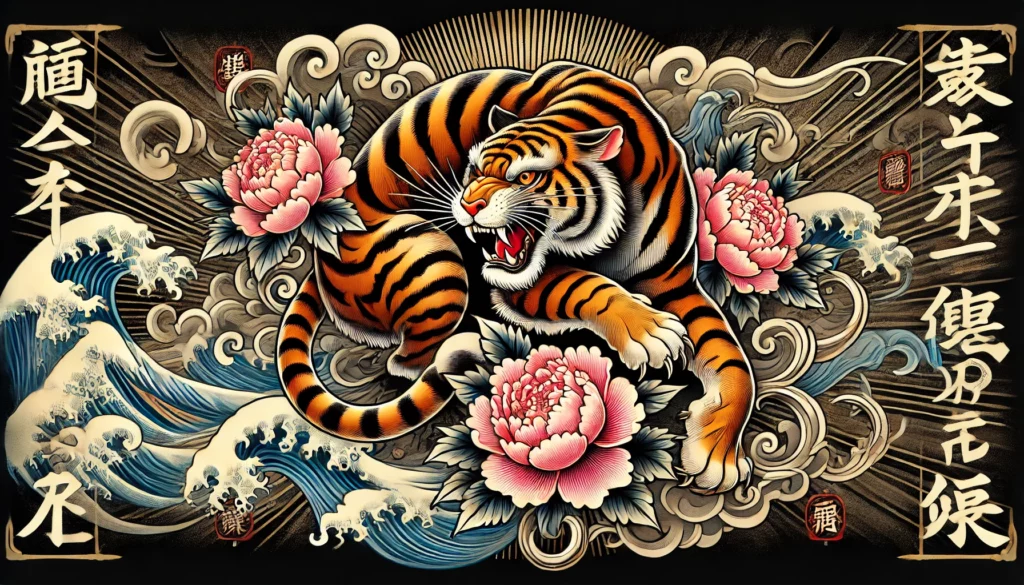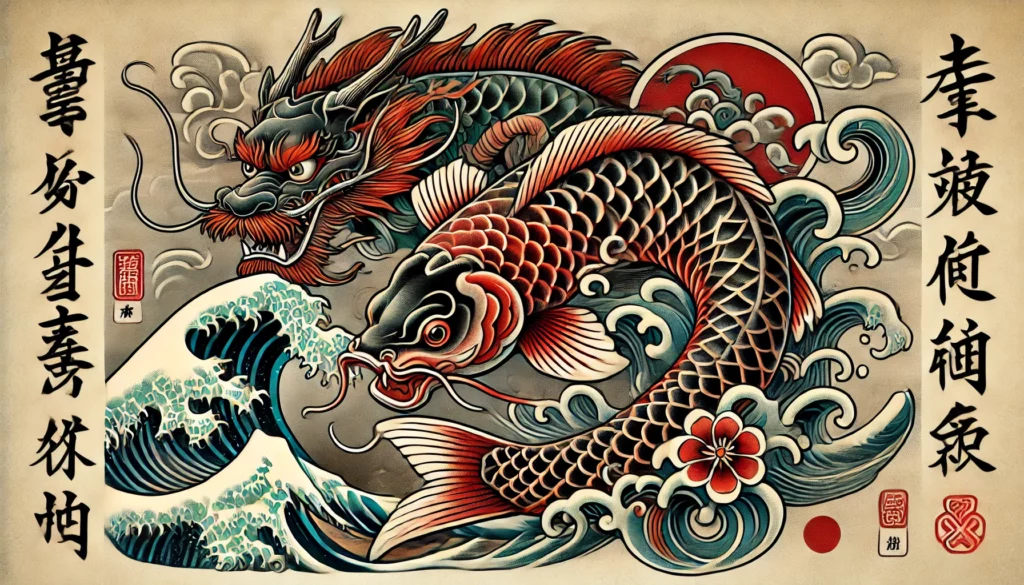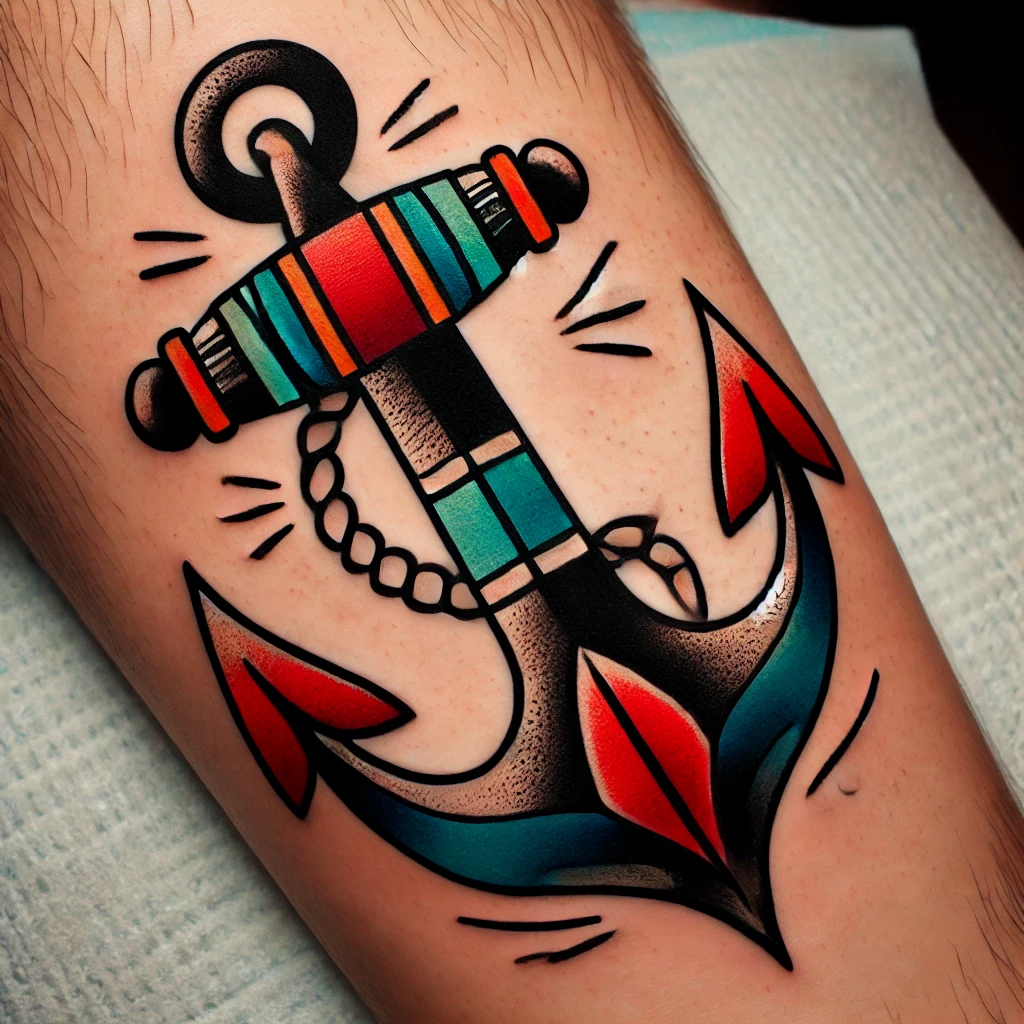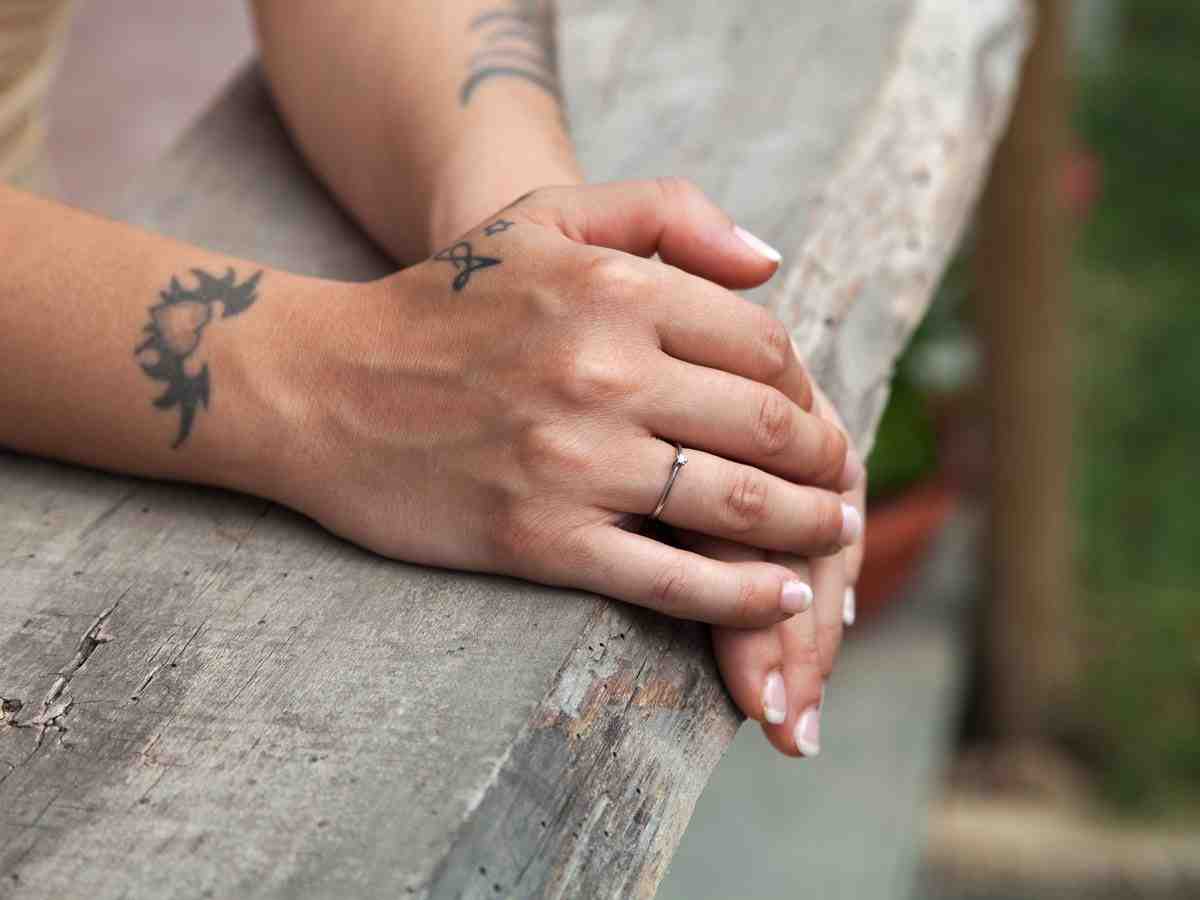When stepping into Remington Tattoo Parlor in San Diego, you’re entering a space where artistry and culture blend seamlessly. As one of the premier tattoo studios in the area, we specialize in various tattoo styles, with Japanese-style tattoos holding a special place in our repertoire. For those seeking a traditional yet bold form of body art, the timeless elegance of Japanese tattoos provides a fascinating journey into culture, symbolism, and personal meaning. In this guide, we’ll dive into the history and meanings behind Japanese tattoos, helping you understand their deep significance before you decide to embrace this art form.

The History of Japanese Tattoos: A Cultural Legacy
Japanese-style tattoos, or irezumi, have roots that extend back over 10,000 years. Historically, tattoos in Japan were used for many purposes, from spiritual protection and status markers to criminal punishment. These ancient markings were symbols of both honor and shame, evolving significantly over time.
During the Edo period (1603-1868), irezumi gained artistic prominence and began to take the form we recognize today. This era saw the rise of the Ukiyo-e woodblock print, which deeply influenced Japanese tattoo designs. Bold lines, bright colors, and the depiction of mythical creatures such as dragons and koi fish became prominent. Artisans and woodblock printers transitioned their craft to tattooing, cementing these motifs in the culture.
However, Japanese tattoos were also stigmatized during this period. The government used tattoos as a form of punishment for criminals, a practice that furthered negative connotations surrounding body art. Criminals who were tattooed as punishment carried these markings for life, making tattoos both a permanent identifier and a symbol of defiance.
Despite this stigma, Japanese tattooing flourished underground, especially among the yakuza, the Japanese mafia. For members of this group, large and intricate tattoos became symbols of loyalty, courage, and personal expression. Today, while the negative associations with tattoos have diminished, Japanese-style tattoos continue to carry significant cultural weight and respect.
Key Elements of Japanese Tattoos
Understanding the components of Japanese tattoos is essential before committing to a piece. At Remington Tattoo Parlor, we emphasize the cultural significance behind each design, ensuring that every tattoo carries a meaningful connection to the wearer.
Here are some of the most common elements found in Japanese-style tattoos and their meanings:
- Dragons – Representing strength, wisdom, and protection, dragons are one of the most iconic symbols in Japanese mythology. Unlike Western depictions, Japanese dragons are benevolent beings, often seen as guardians.
- Koi Fish – Koi are symbols of perseverance, courage, and success through adversity. In Japanese legend, koi that swim upstream and pass through the gates of a waterfall are transformed into dragons. This transformation symbolizes overcoming obstacles in life.
- Tigers – Tigers symbolize strength, courage, and protection against evil forces. They are often tattooed alongside other animals, such as dragons or koi, to represent a balance of power.
- Phoenix – The phoenix is a powerful symbol of rebirth, transformation, and overcoming challenges. In Japanese culture, it is seen as a celestial bird that rises from the ashes, much like in other mythologies.
- Geisha – Geishas represent grace, beauty, and artistry. When used in tattoos, they often symbolize femininity, mystery, and cultural appreciation.
- Samurai – Tattoos featuring samurai evoke notions of honor, duty, and discipline. These warriors are iconic symbols of the Bushido code, which emphasizes loyalty, courage, and self-sacrifice.
- Hannya Masks – A popular choice in Japanese tattoos, the Hannya mask represents jealousy, rage, and vengeance. In Japanese Noh theater, these masks are used to depict female demons, though their meanings can also extend to protection and emotional depth.
- Cherry Blossoms – These delicate flowers are transient, representing the fleeting nature of life. Cherry blossoms bloom briefly, reminding us to appreciate the beauty and fragility of existence.
- Waves and Water – Often used as background elements, water symbolizes adaptability and the constant flow of life. When combined with koi or dragons, water adds a sense of motion and balance to the design.
At Remington Tattoo Parlor, our artists ensure that the rich symbolism behind each element is conveyed beautifully, creating tattoos that not only look stunning but also resonate deeply with the wearer’s personal journey.
Modern Interpretations and Placement
Japanese tattoos today have evolved in both design and placement. Traditionally, Japanese tattoos were large-scale, covering significant portions of the body. Full-body suits, known as horimono, were common among the yakuza and those wanting to commit to the art form in its entirety.
In modern times, it’s more common to see sleeves, half-sleeves, or back pieces featuring Japanese tattoo designs. The style lends itself well to large, flowing imagery that wraps around the body, giving each piece a sense of movement and cohesiveness.
At our tattoo parlor in San Diego, we work closely with clients to determine the best placement for their tattoo. Japanese-style tattoos, with their bold lines and intricate details, look particularly striking on the back, chest, arms, and legs. Our artists ensure that the design complements the body’s natural contours, creating a harmonious blend of art and anatomy.
The Process: What to Expect
Choosing a Japanese-style tattoo requires careful consideration, both in terms of design and artist selection. At Remington Tattoo Parlor, we take pride in our ability to create custom designs that honor the tradition of irezumi while catering to modern tastes.
When you come in for a consultation, our team will discuss your vision, preferred elements, and any specific cultural or personal meanings you want your tattoo to embody. From there, we’ll sketch a design that blends traditional motifs with your personal story, ensuring the final product is unique and meaningful.
Due to the intricate nature of Japanese tattoos, expect to dedicate multiple sessions to complete the piece, especially for larger designs. Our experienced artists are adept at pacing the work to ensure a comfortable experience, taking into account your tolerance for longer sessions.
We prioritize client comfort and satisfaction at every step. If this is your first tattoo, our team will walk you through aftercare instructions, ensuring that your tattoo heals beautifully and maintains its vibrancy for years to come.
Why Choose Remington Tattoo Parlor in San Diego?
Located in the heart of San Diego, Remington Tattoo Parlor has established itself as a trusted destination for clients seeking Japanese-style tattoos. Our reputation for high-quality work and a deep respect for cultural authenticity sets us apart. Here’s why our studio is the best choice for your next tattoo:
- Expertise in Japanese-Style Tattoos – Our artists are well-versed in the history and techniques behind Japanese tattooing. We continually refine our skills to stay at the forefront of the industry while honoring the traditions that make these tattoos so special.
- Custom Designs – Every tattoo we create is one-of-a-kind. We believe in working closely with each client to craft a design that reflects their individual journey while staying true to the core elements of Japanese tattooing.
- Top-Notch Hygiene Standards – Cleanliness is paramount at our tattoo parlor in San Diego. We adhere to the highest standards of hygiene to ensure a safe and comfortable environment for all our clients.
- Skilled Artists – Our team consists of experienced tattoo artists who are passionate about their craft. With years of experience, they bring a level of precision and creativity that ensures your tattoo will be a work of art.
- Client-Centered Approach – We’re committed to making your tattoo experience enjoyable and stress-free. From your initial consultation to the final session, we prioritize your comfort, satisfaction, and vision.
Tattoo Parlor San Diego
If you’re searching for the best tattoo parlor San Diego has to offer, look no further than Remington Tattoo. We specialize in a range of styles, with a particular focus on Japanese-style tattoos, ensuring each piece we create carries cultural significance and artistic integrity. Our team of talented artists works closely with clients to design custom tattoos that reflect their personal stories while incorporating traditional Japanese elements. Whether you’re looking for a full-body tattoo, a sleeve, or a small yet meaningful design, we are dedicated to providing a professional and memorable experience. Visit our studio in San Diego and discover why we’re the top choice for Japanese tattoo artistry.
Conclusion
Choosing a Japanese-style tattoo is more than just a visual statement; it’s a journey into a rich cultural tradition that has spanned centuries. At Remington Tattoo Parlor, we pride ourselves on delivering tattoos that are not only stunning in their artistry but also deeply meaningful to each client. Whether you’re drawn to the symbolism of dragons, the perseverance of koi fish, or the power of samurai, we are here to bring your vision to life with precision and respect for tradition. Come visit us at our tattoo parlor in San Diego and let us help you create a piece of art that will stand the test of time.








